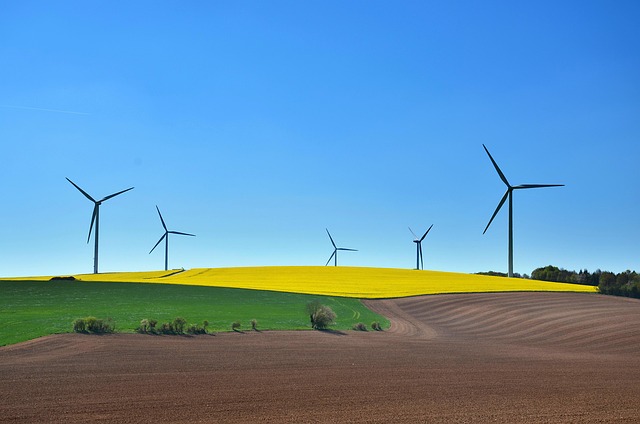In recent years, the intricate relationship between climate change and sustainable development has become increasingly prominent, especially concerning Sustainable Development Goal 15, which aims to protect, restore, and promote sustainable use of terrestrial ecosystems. The degradation of our ecosystems, largely driven by climate change, raises urgent challenges that we cannot ignore.
As we navigate the impacts of climate change, the desertification of fertile lands symbolizes a profound loss not just of biodiversity but of the livelihoods dependent on these ecosystems. The aridification of once-thriving areas leads to diminishing resources for local communities. Farmers, who rely on healthy soils and climate stability, find themselves facing irreversible changes to their environment. This directly conflicts with the essence of Sustainable Development Goal 15, which seeks to bolster these ecosystems to facilitate human well-being.
Climate change inflicts a multi-layered crisis on our environment; rising temperatures, erratic rainfall, and increased frequency of extreme weather events exacerbate conditions conducive to desertification. The cycle of soil erosion becomes vicious as vegetation is stripped away, leading to further loss of productivity. An entire segment of the population becomes vulnerable, as food security diminishes and people are forced to migrate in search of better living conditions, a scenario that leads to urban overcrowding and strife.
The environmental degradation associated with climate change does not limit itself to distant landscapes; it has localized effects felt by communities everywhere. In many regions, the struggle for survival intensifies, and disputes over dwindling resources become more common. Sustainable Development Goal 15 calls for collaborative efforts to manage and restore ecosystems, and the urgency of the situation demands immediate action to reverse these trends. Solutions like reforestation, soil management, and sustainable agricultural practices can help mitigate these effects.
Moreover, local and indigenous knowledge plays a critical role in ecosystem preservation. Community participation and traditional practices can foster resilience against climate change. Collectively, we must build a narrative that emphasizes the interconnectedness of all living organisms and the ecosystems they inhabit. Spreading awareness and educating the public about the integral role of healthy ecosystems in combating climate change could inspire a grassroots movement towards sustainability.
Each small effort contributes to a larger impact, reminding us that every action counts in the path towards achieving Sustainable Development Goal 15. It’s not just about saving the environments we can see; it’s about safeguarding the fabric of life itself against climate change’s relentless march. It’s a call to action for individuals, organizations, and governments to prioritize the health of our ecosystems and, in turn, secure a sustainable future for generations to come.


